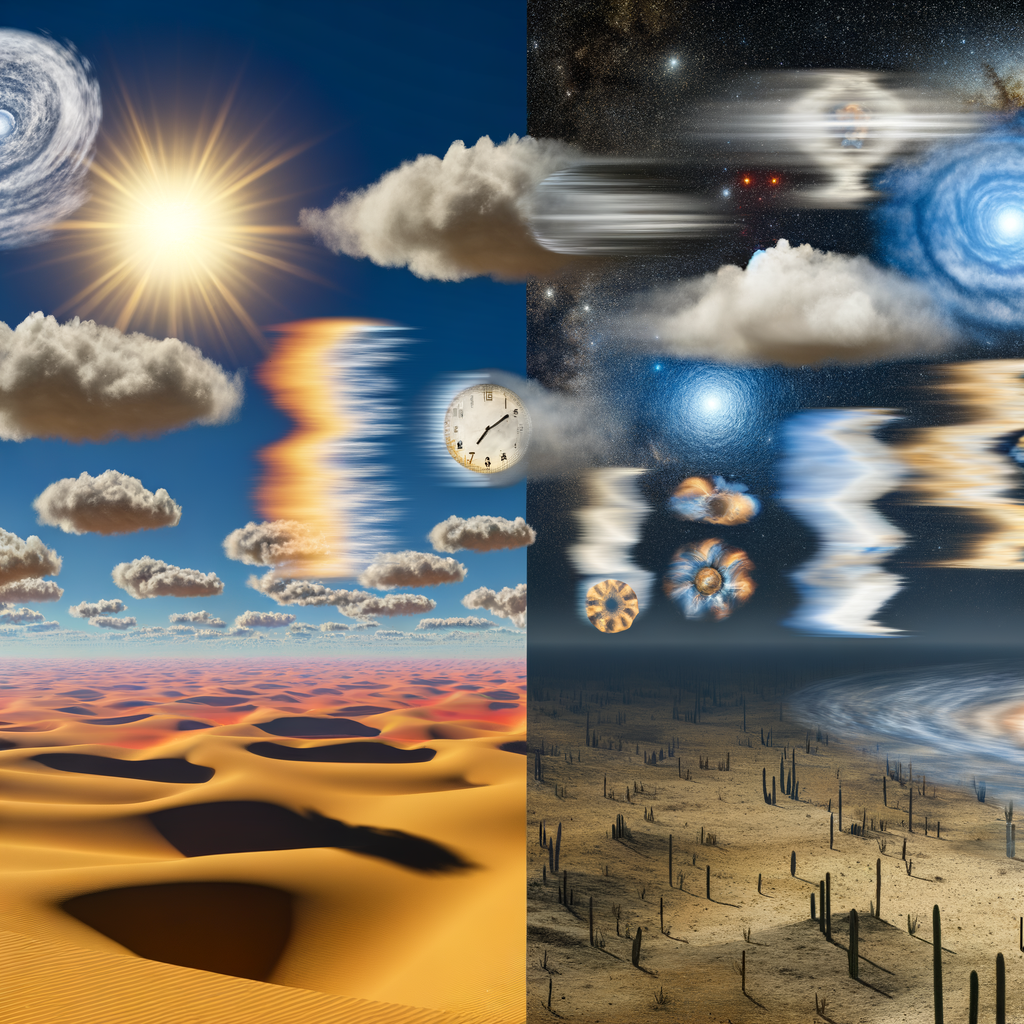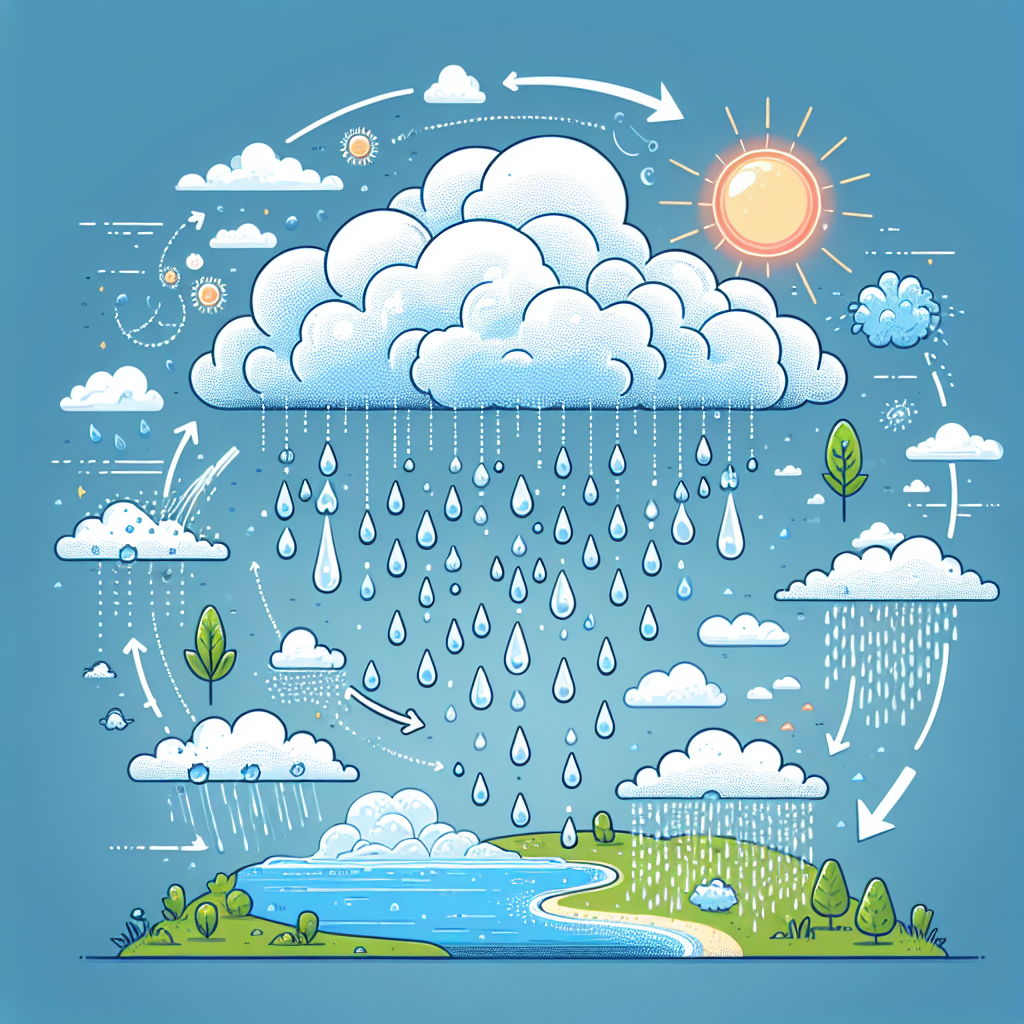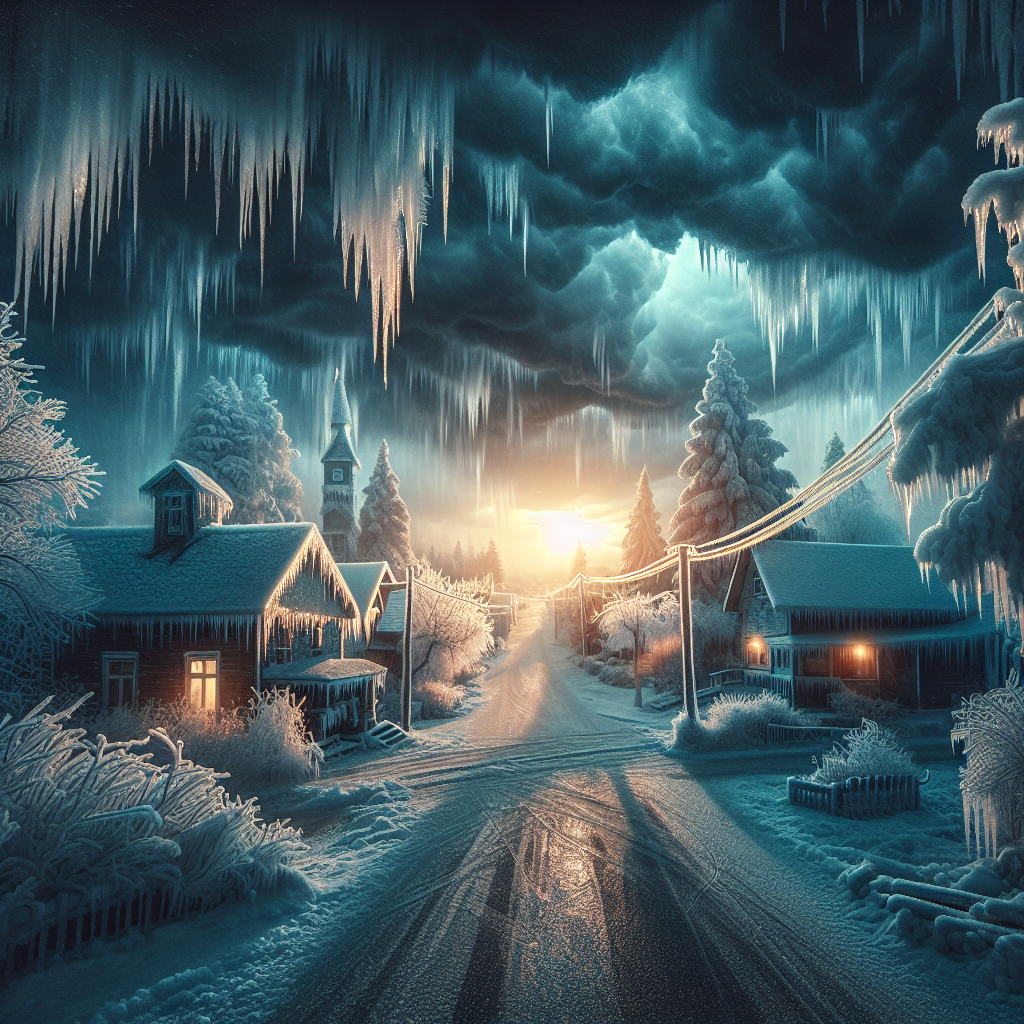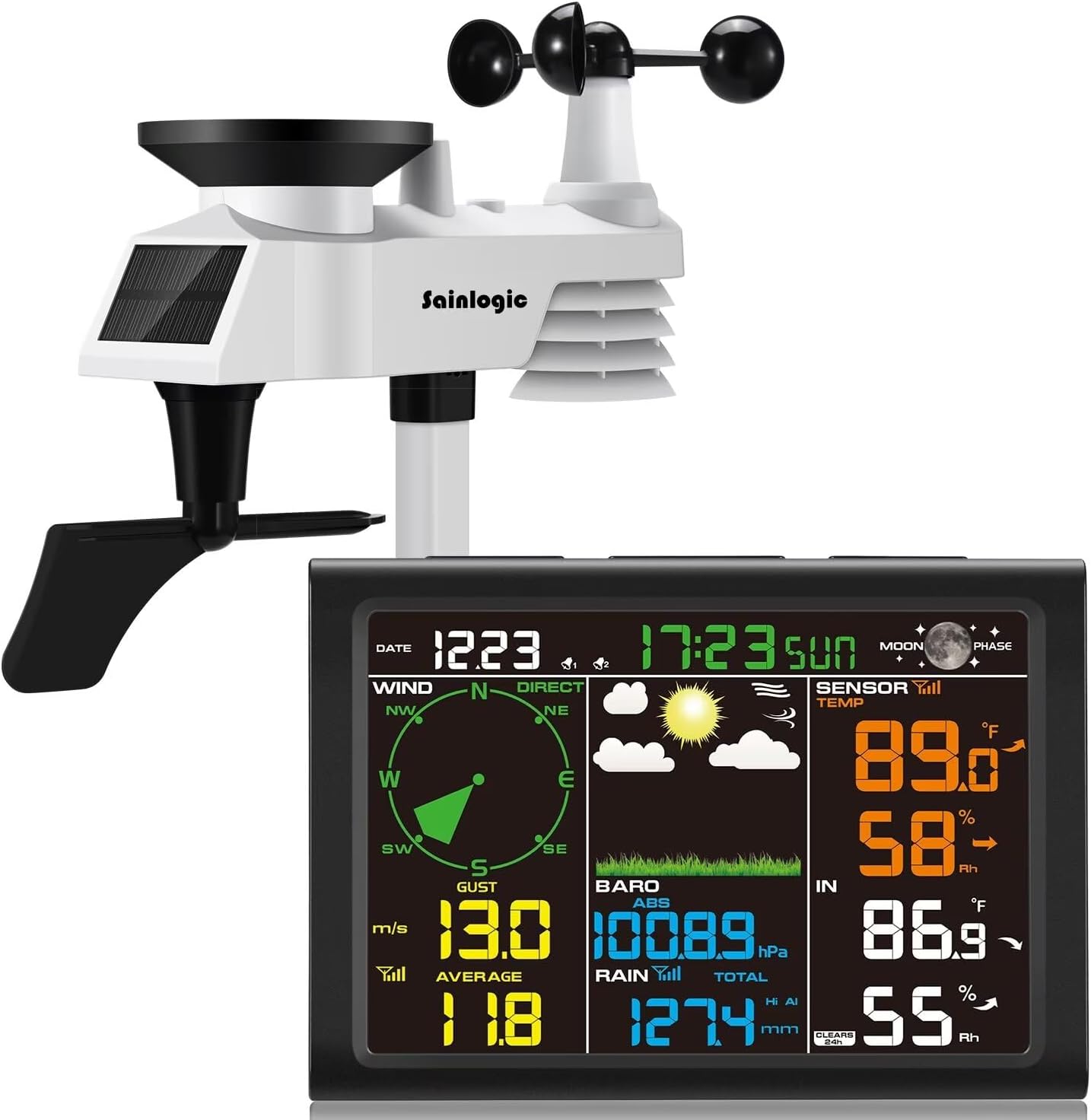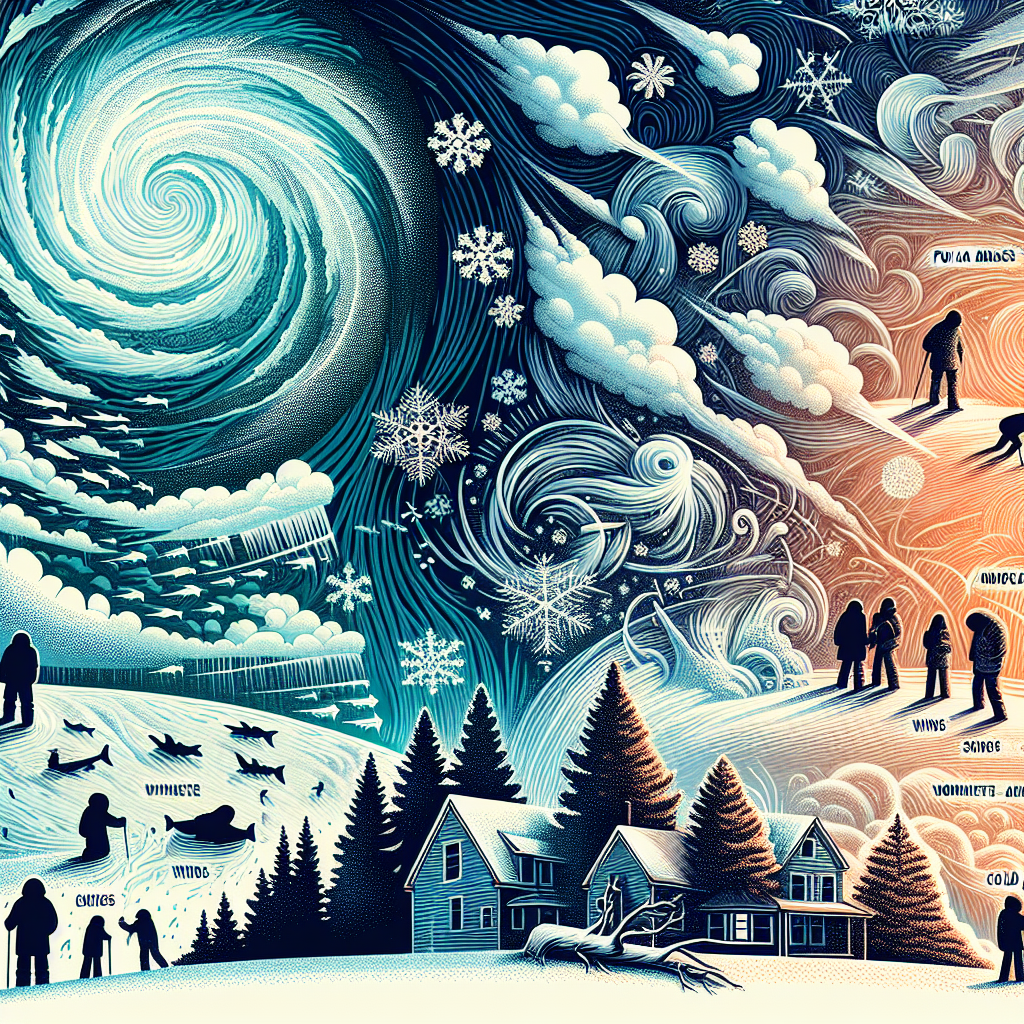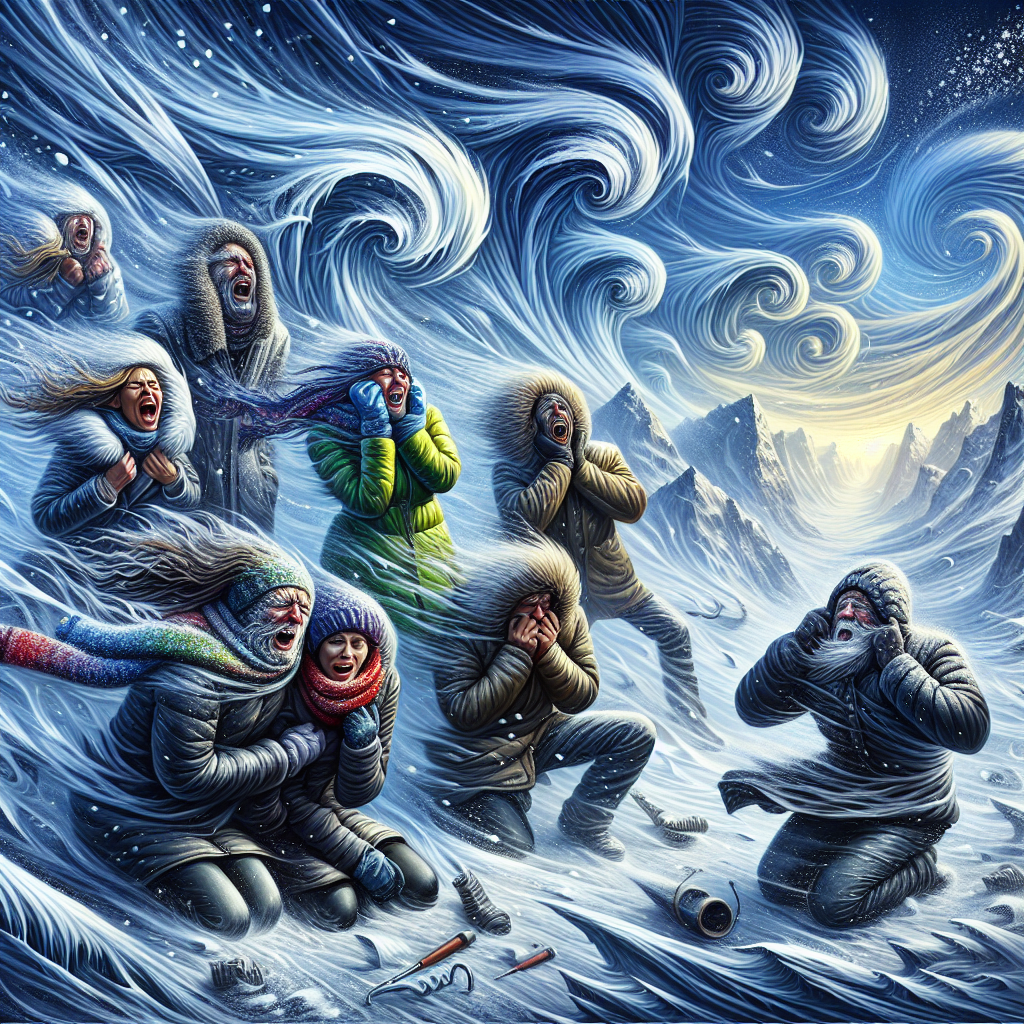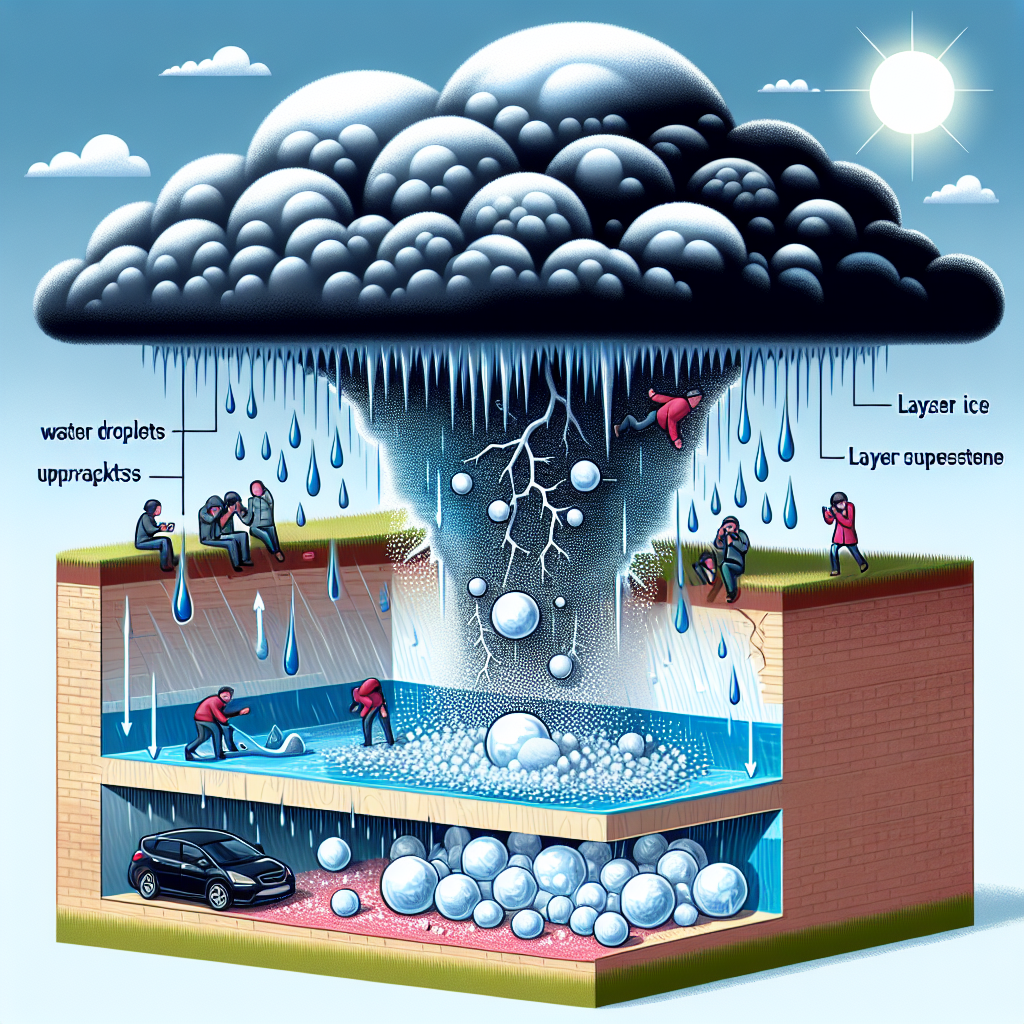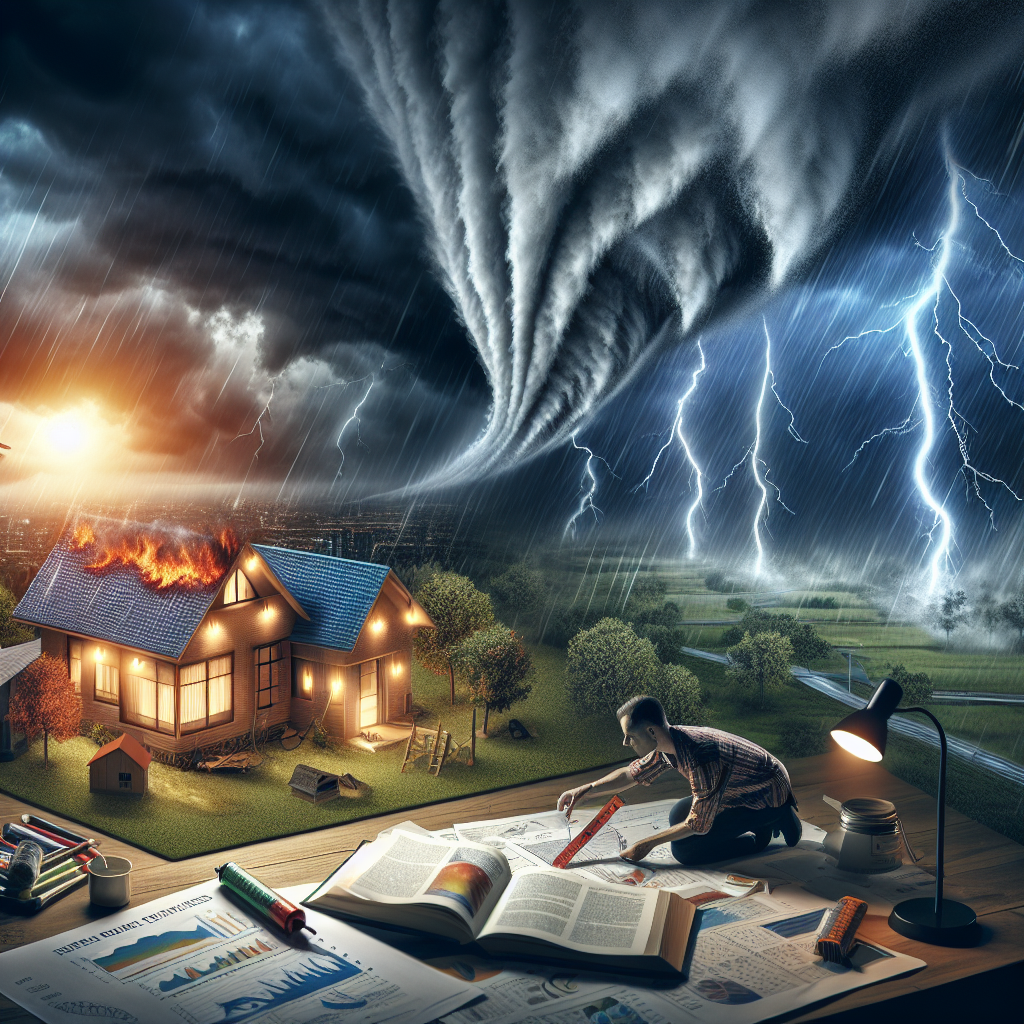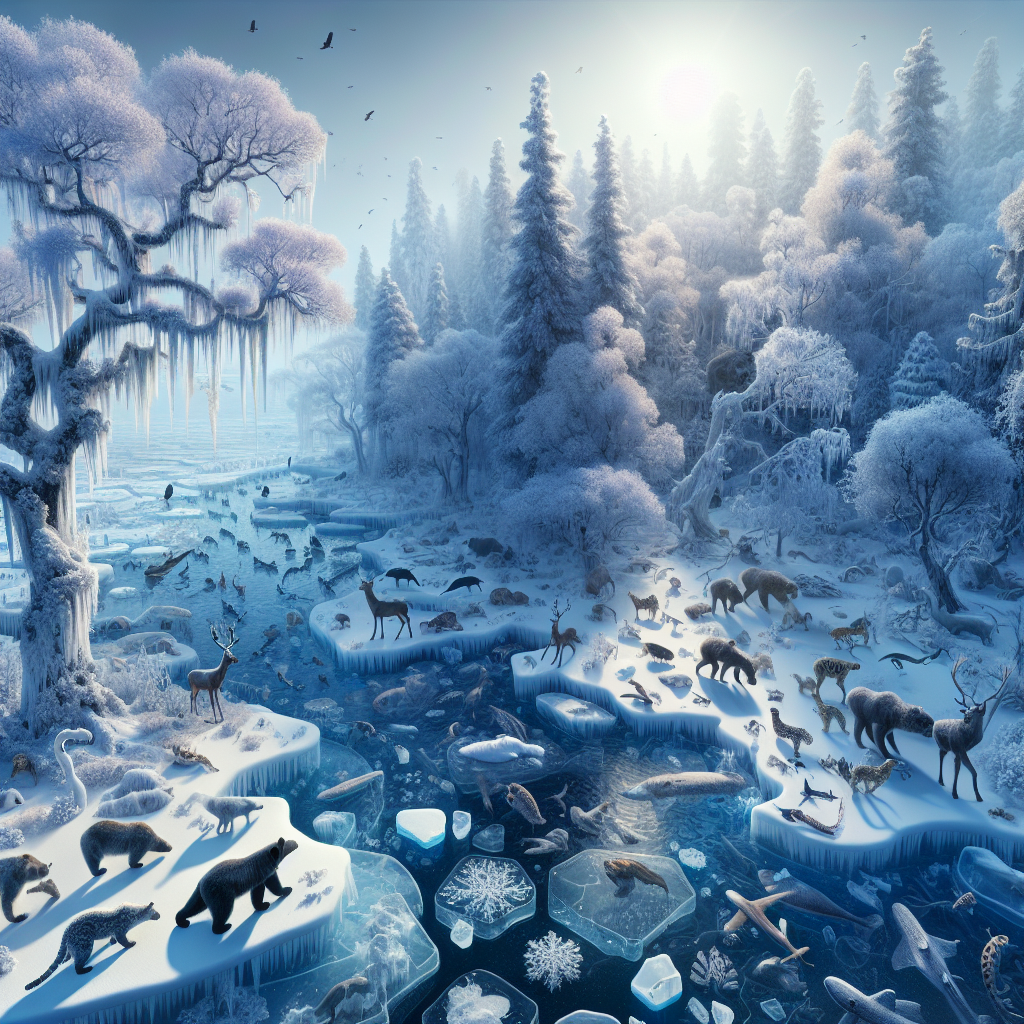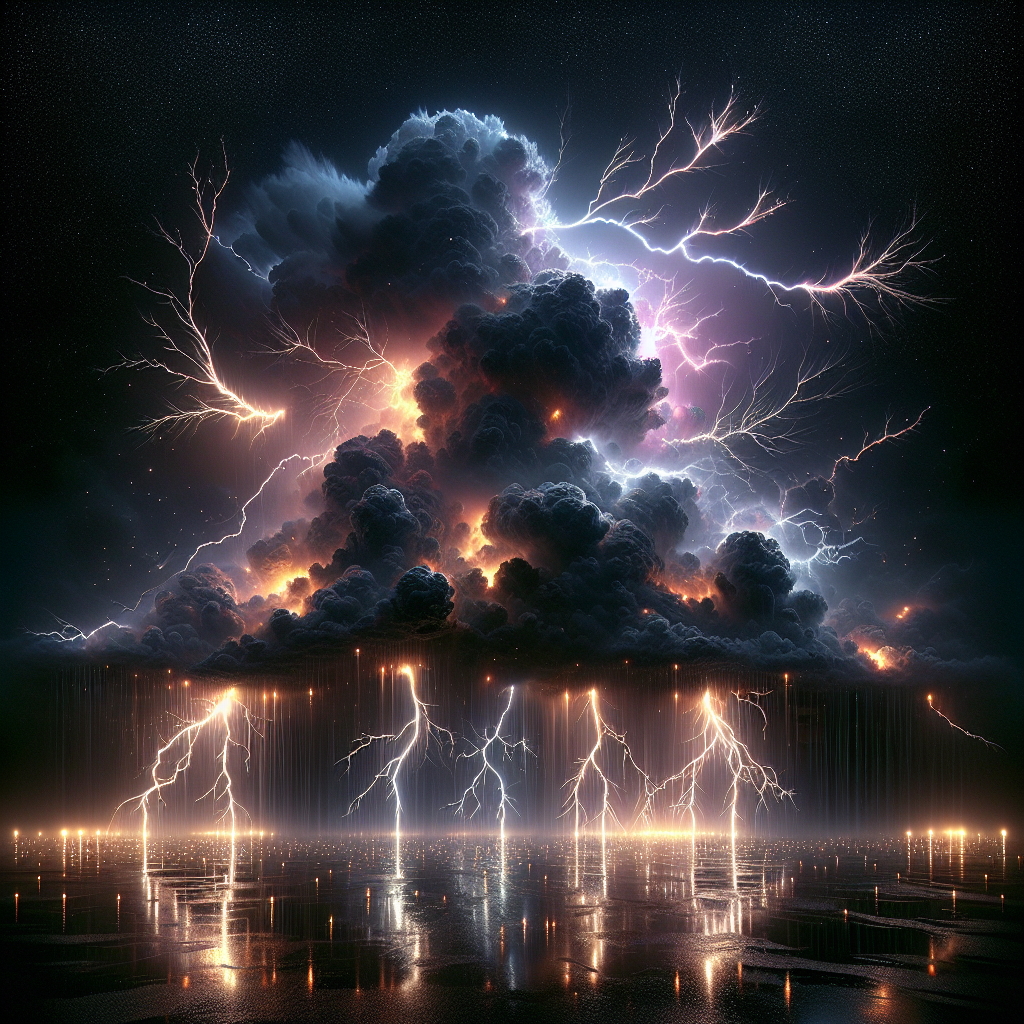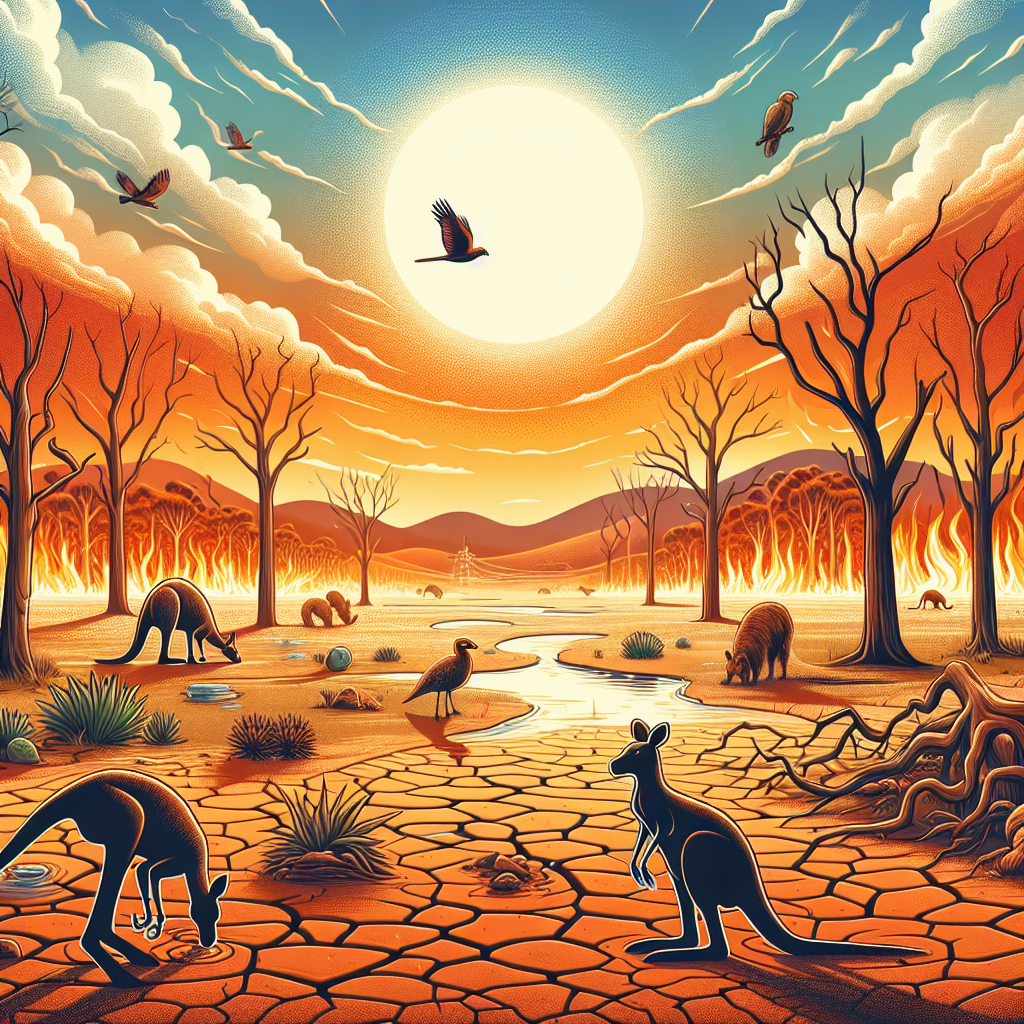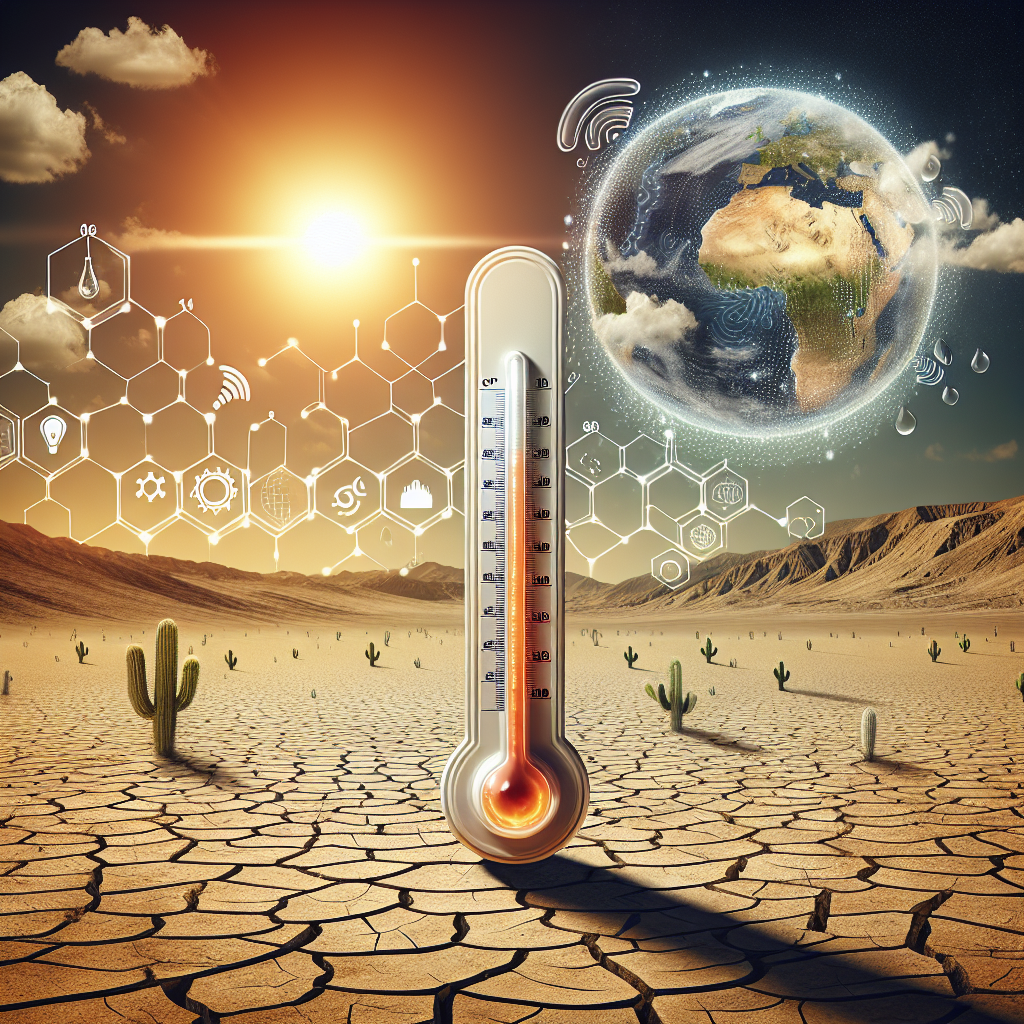Understanding Winter Storms: Formation and Impacts
Winter storms are complex meteorological phenomena that can cause significant disruptions in our daily lives. These storms include snowstorms, ice storms, and blizzards, each presenting unique characteristics and dangers. They form under specific atmospheric conditions, and understanding these processes can equip us to better prepare and respond.
How Winter Storms Form
Winter storms typically develop when moisture-laden air interacts with cold air masses. The following are the key components in their formation:
1. Moisture Source
The process begins when warm, moist air rises and encounters colder air masses. This moist air is often sourced from large bodies of water like oceans or lakes. As the air rises, it cools due to the decrease in temperature with altitude, causing the moisture within it to condense and form clouds.
2. Temperature Gradient
A significant temperature differential is crucial for the development of winter storms. Cold air masses are typically found at higher latitudes or at higher altitudes. When this cold air pushes down from the Arctic or a polar front, it can collide with warmer, moist air. The meeting of these two air masses creates instability in the atmosphere, which is essential for storm development.
3. Lifting Mechanisms
Various mechanisms can trigger the lifting of the moist air, contributing to storm formation:
- Fronts: Cold fronts or warm fronts can cause air to rise when they meet. A cold front moving into a warm area lifts the warm air rapidly, leading to cloud formation and precipitation.
- Orographic Lift: Mountains can force air to rise as it encounters the terrain, resulting in cooling and condensation.
- Convergence: When winds from different directions meet, they force air upwards, leading to storm development.
Types of Winter Storms
Understanding the specific types of winter storms helps in preparing for their impacts:
1. Snowstorms
Snowstorms are characterized by significant snowfall over a short period. They occur when temperatures are low enough for the moisture falling from the clouds to crystallize into snowflakes. Snowstorms often impact visibility, transportation, and infrastructure.
2. Blizzards
Blizzards are a specific kind of snowstorm defined by strong winds of at least 35 mph, along with heavy snowfall and low visibility. The combination of these factors can create treacherous conditions, leading to severe disruptions in travel and emergencies.
3. Ice Storms
Ice storms occur when freezing rain falls, creating a coating of ice on surfaces. This can result from warm air aloft overriding a layer of cold air, leading to raindrops freezing upon contact with cold surfaces. The weight of the ice can lead to downed power lines and trees, causing widespread power outages.
Storm Severity and Forecasting
Winter storms can vary in severity, which is largely dependent on the amount of moisture present, temperature variations, and the strength of the atmospheric systems involved. Meteorologists use a variety of tools for forecasting winter storms:
1. Satellite Imagery
Advanced satellites provide real-time data on cloud formations and temperatures, allowing forecasters to track developing storms and predict their paths.
2. Weather Radar
Doppler radar helps meteorologists observe precipitation types, intensities, and movement, providing critical information about impending winter weather.
3. Computer Models
Numerical weather prediction models simulate atmospheric conditions to forecast future weather patterns. These models integrate vast amounts of data and are essential for predicting the timing and intensity of winter storms.
Impacts on Daily Life
The implications of winter storms are multi-faceted, impacting various aspects of life:
1. Transportation Disruptions
Snow and ice accumulation can lead to treacherous driving conditions, resulting in vehicle accidents and delays. Airports often suspend operations during severe storms, leading to canceled flights and travel disruptions.
2. Economic Effects
Winter storms can adversely affect local and national economies. The cost of snow removal, damages to infrastructure, and lost productivity due to missed workdays can be significant. Local businesses may also see a decline in customer traffic during winter weather events.
3. Public Safety
Severe winter weather increases the risk of accidents and can pose significant health risks, particularly for vulnerable populations. Frostbite and hypothermia become concerns during blizzard conditions, along with the potential for physical strain from snow removal.
4. Power Outages
Ice storms can cause widespread power outages due to falling trees and power lines. Restoration efforts can take several days, necessitating emergency services to provide support, shelter, and resources to affected communities.
Conclusion
In summary, understanding the science behind winter storms — from their formation to their impacts — is critical for individuals and communities alike. Awareness of these phenomena can lead to better preparedness and response strategies, ultimately mitigating the risks associated with winter storms. Investing time in understanding these weather patterns can empower us during the harshest months of the year.



